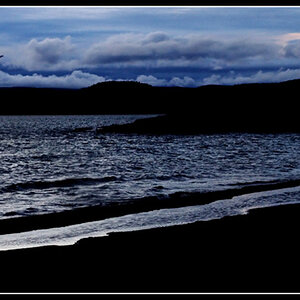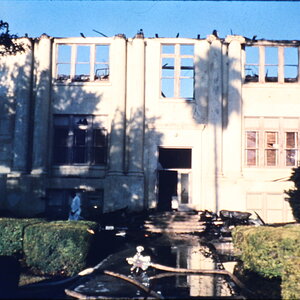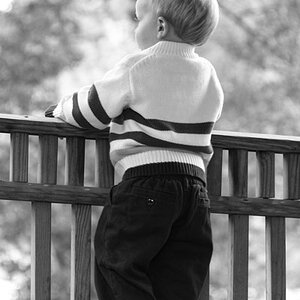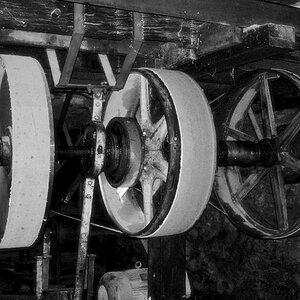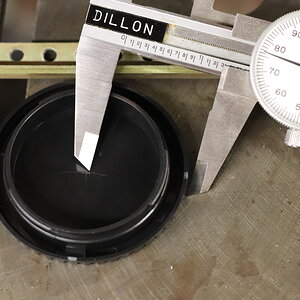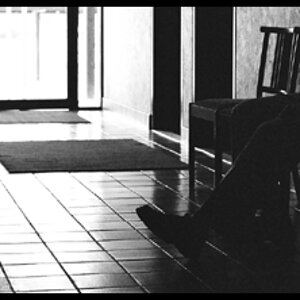Dikkie
No longer a newbie, moving up!
- Joined
- Nov 20, 2005
- Messages
- 887
- Reaction score
- 260
- Location
- Belgium / Brussels
- Website
- linktr.ee
- Can others edit my Photos
- Photos NOT OK to edit
Hi !
I just have a technical question.
If you want to make panorama pictures at night, like skylines, what aperture settings do you choose?
How larger your aperture (like f1.8), how less depth of field, how less you get sharp.
How smaller your aperture (like f22), how more depth of field, how more things you get sharp.
So I thought to choose f22 ? (i always did before)
(also with small aperture, your streetlights transform into nice stars)
BUT, now I read on the website of Ken Rockwell that you have to put it on like f5.6 or so.
He tested with a 50mm lens. But maybe it's different with a 28mm lens?
He says you don't have to put to small apertures

Anyone an idea what's best?
http://www.kenrockwell.com/nikon/50-comparison/f-stops.htm
http://www.kenrockwell.com/tech/diffraction.htm
http://www.kenrockwell.com/tech/focus.htm
Thnx,
Dikkie
I just have a technical question.
If you want to make panorama pictures at night, like skylines, what aperture settings do you choose?
How larger your aperture (like f1.8), how less depth of field, how less you get sharp.
How smaller your aperture (like f22), how more depth of field, how more things you get sharp.
So I thought to choose f22 ? (i always did before)
(also with small aperture, your streetlights transform into nice stars)
BUT, now I read on the website of Ken Rockwell that you have to put it on like f5.6 or so.
He tested with a 50mm lens. But maybe it's different with a 28mm lens?
He says you don't have to put to small apertures
Anyone an idea what's best?
http://www.kenrockwell.com/nikon/50-comparison/f-stops.htm
http://www.kenrockwell.com/tech/diffraction.htm
http://www.kenrockwell.com/tech/focus.htm
Thnx,
Dikkie


![[No title]](/data/xfmg/thumbnail/31/31092-7ba73f844ad8efedd3d5fd94799a866d.jpg?1619734609)
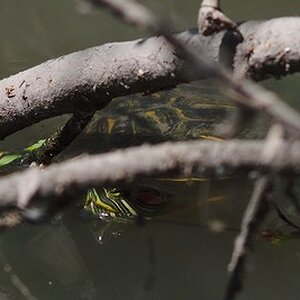
![[No title]](/data/xfmg/thumbnail/33/33361-f56184027ce743b2b7ba9d378a8bb426.jpg?1619735925)

![[No title]](/data/xfmg/thumbnail/42/42268-15c1c02cec1d71208987fc7c7ec7784c.jpg?1619740077)
